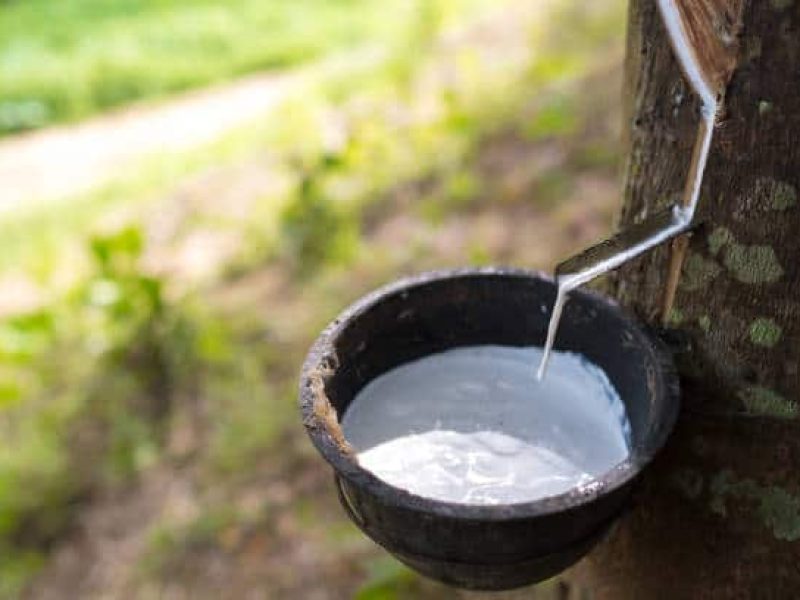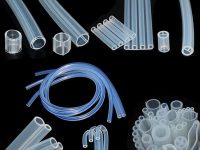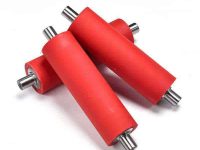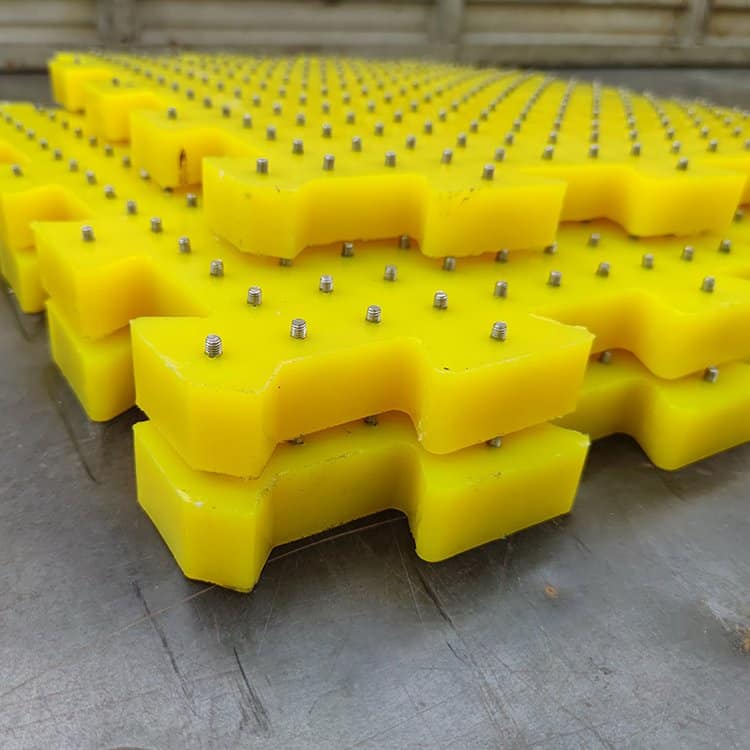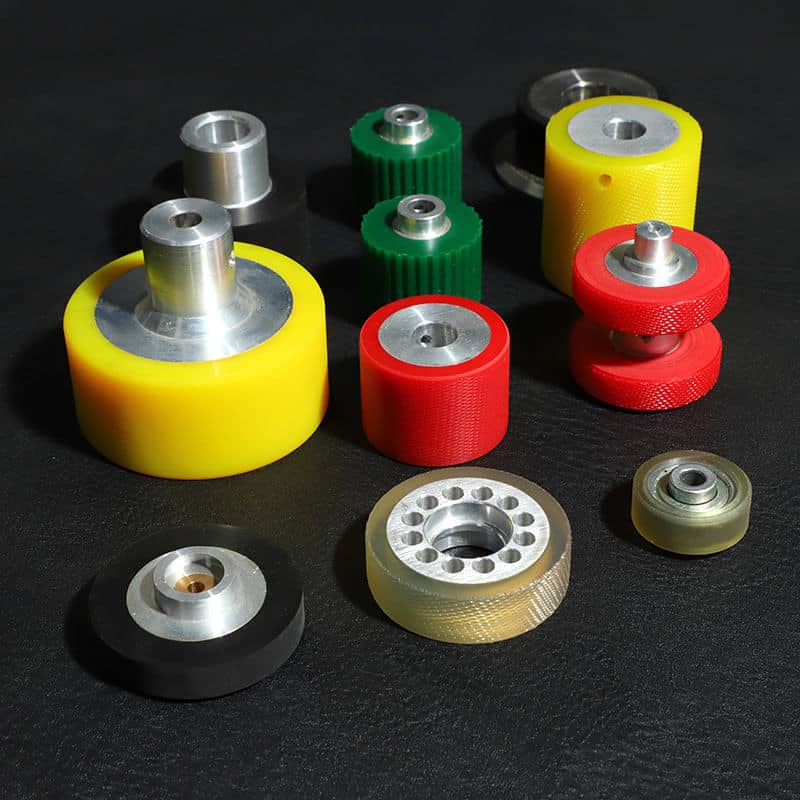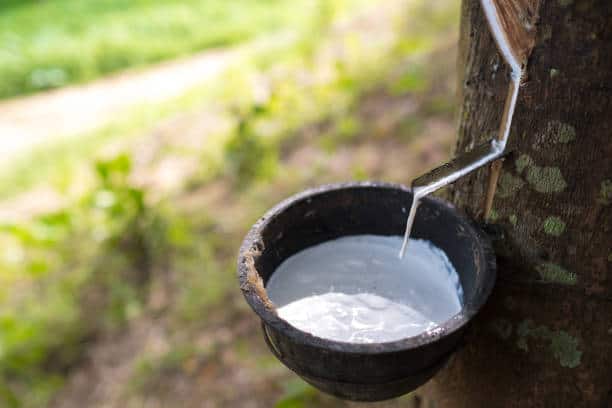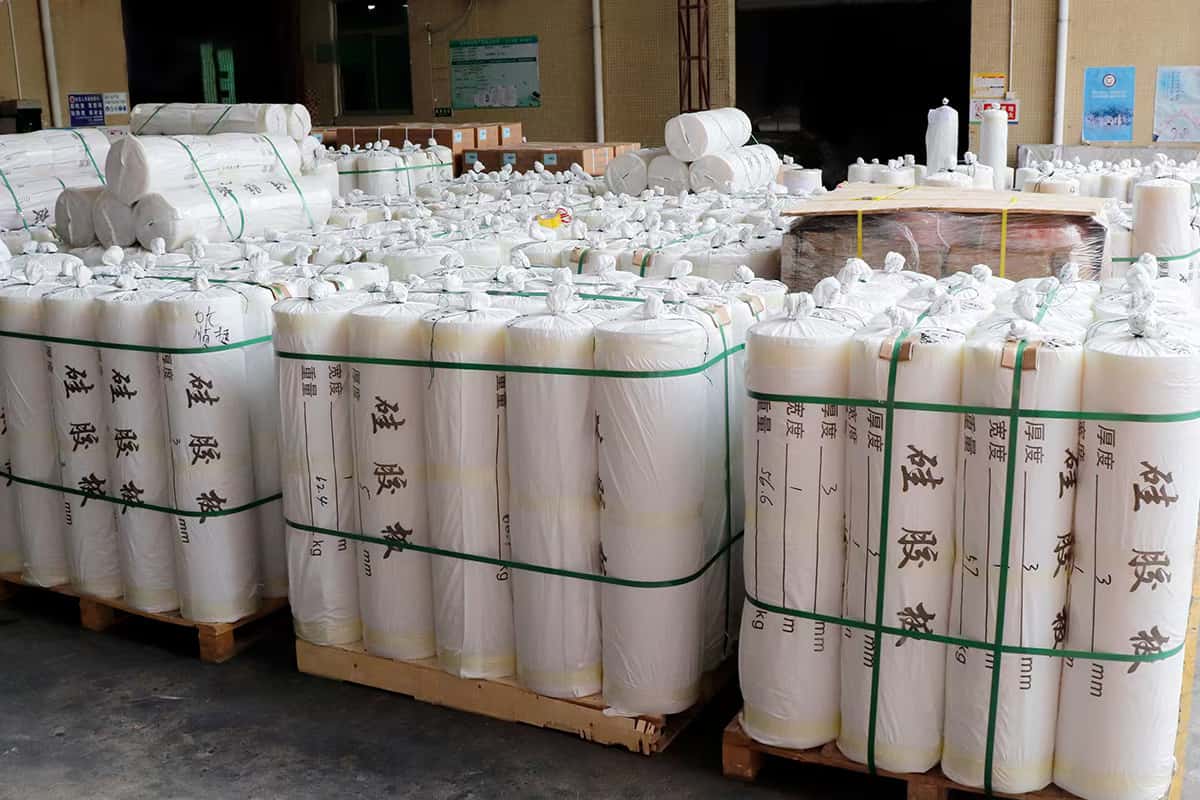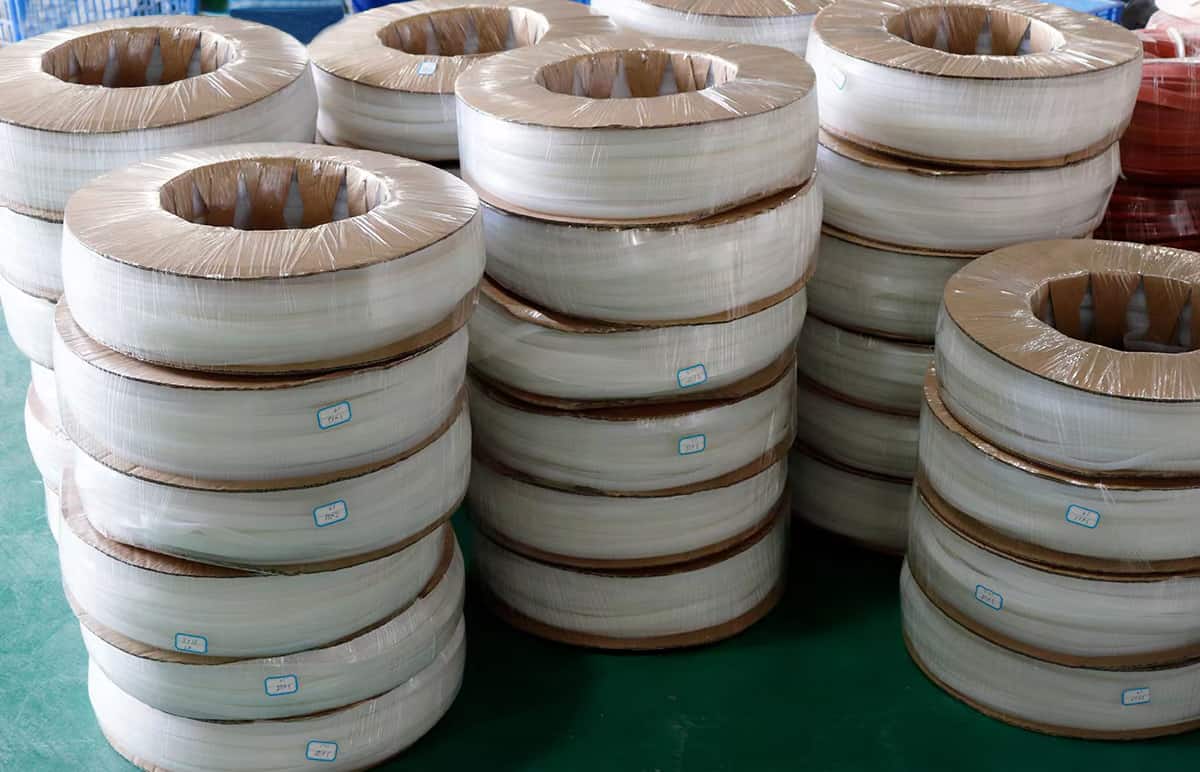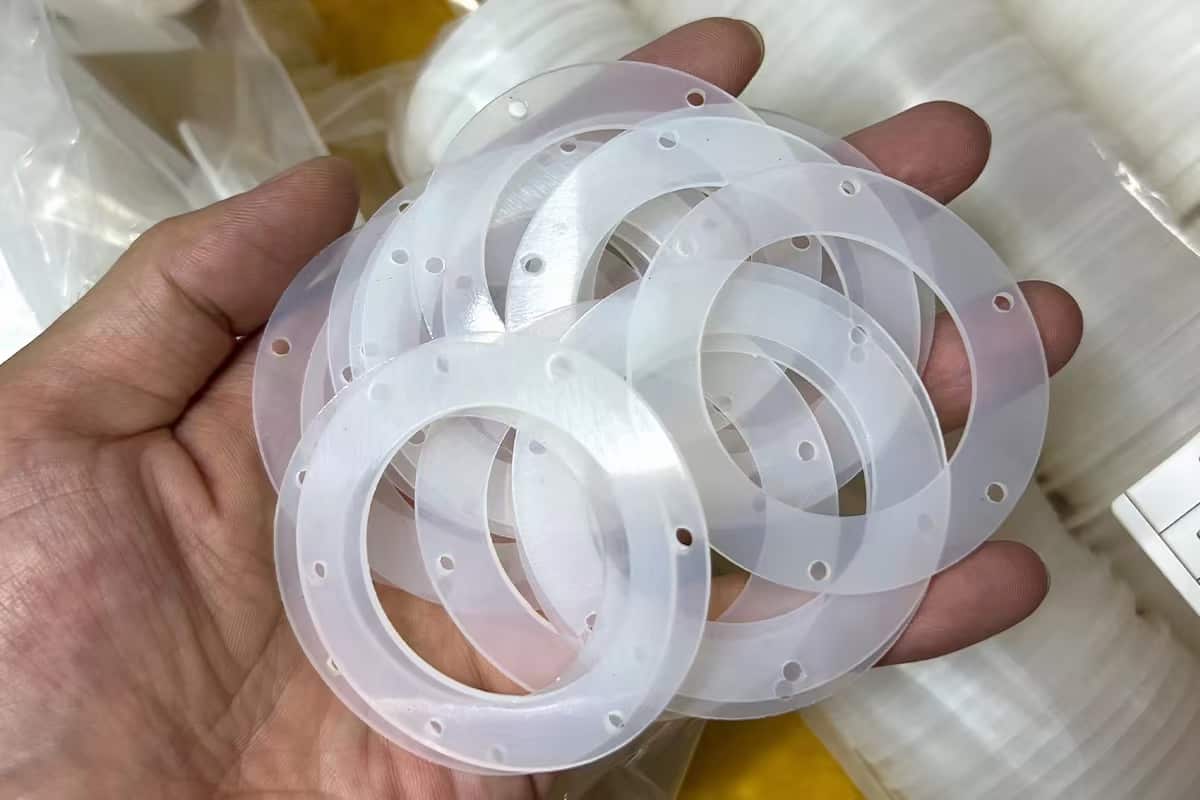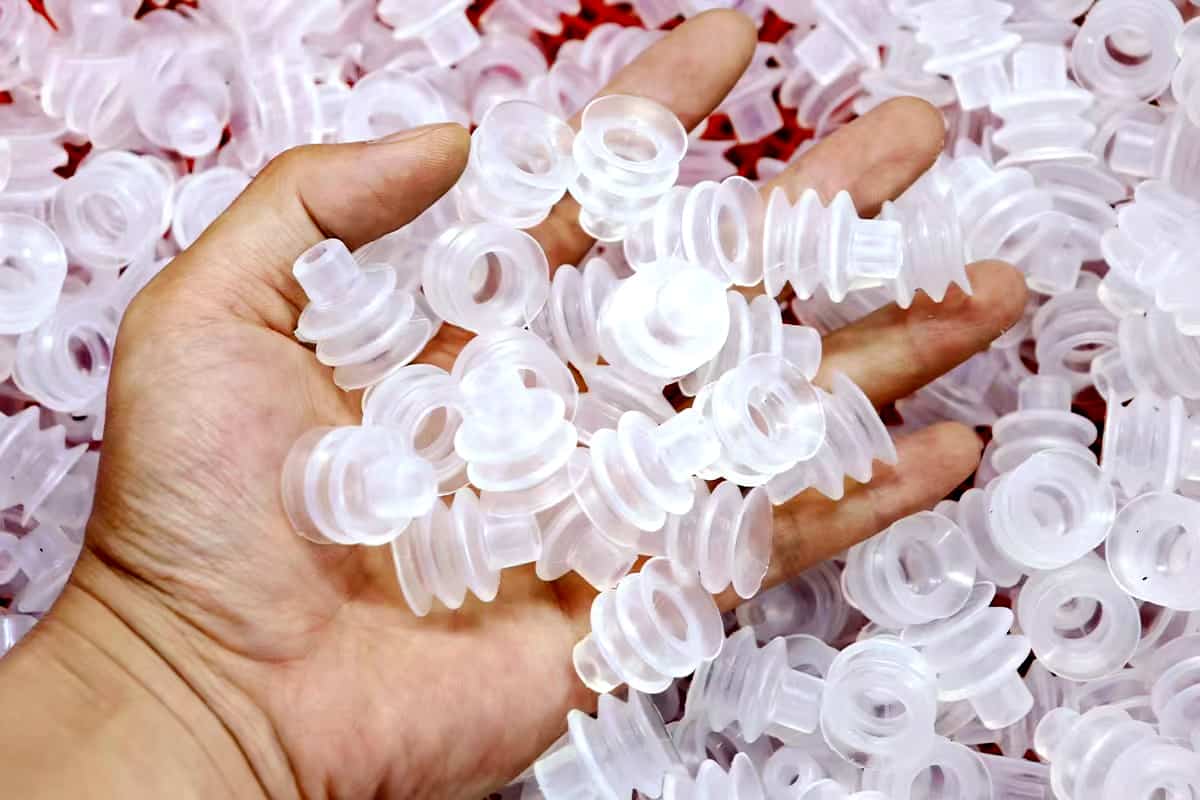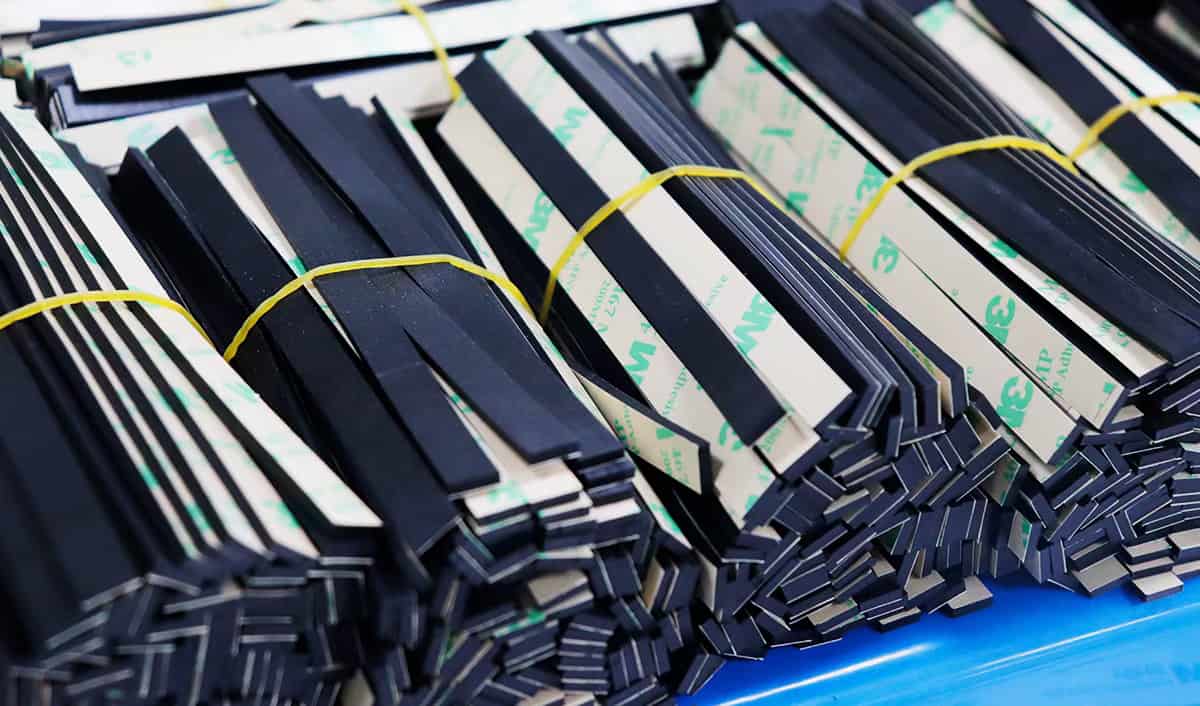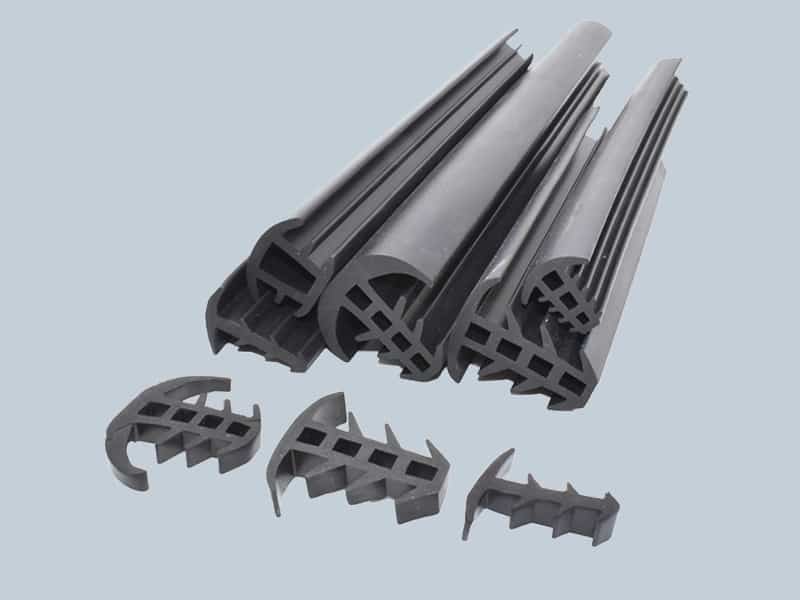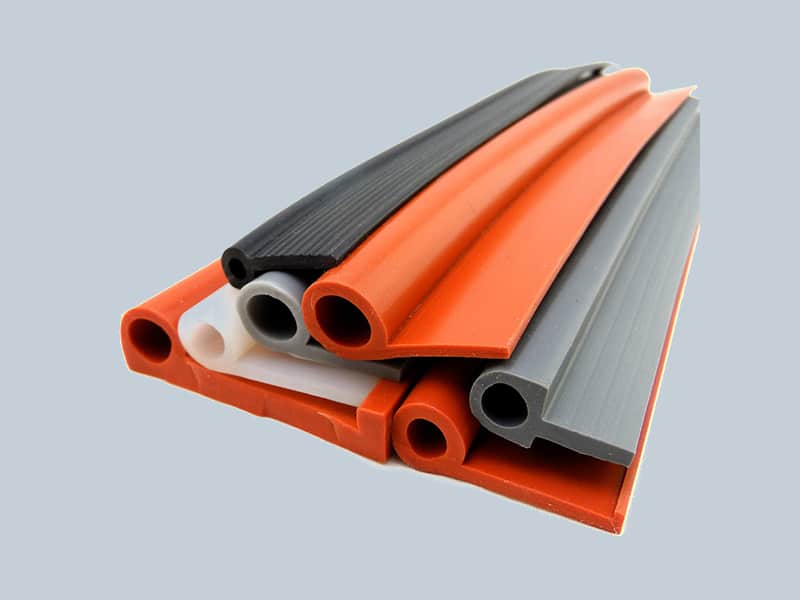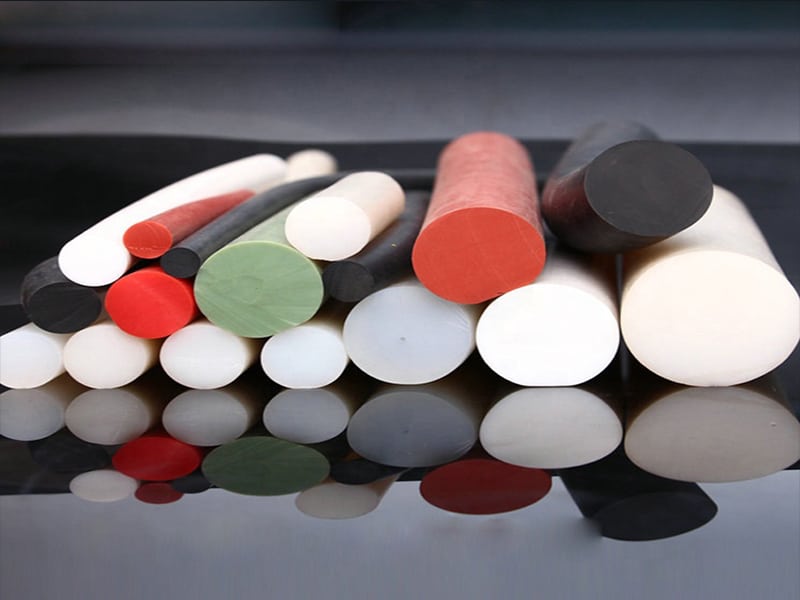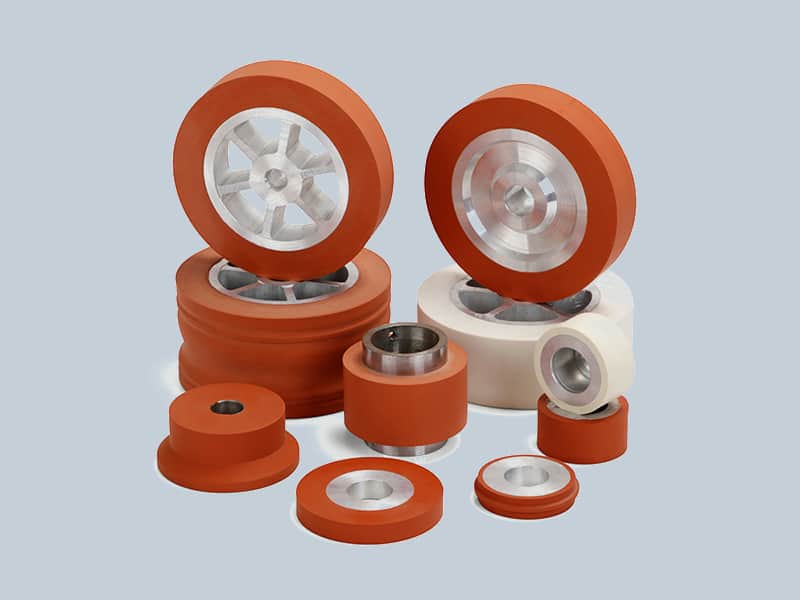Introduction: what are silicone and natural rubber, and what are the key differences?
Natural rubber, coming from latex of Hevea brasiliensis tree, has been the main source of rubber since its discovery by Euro-American explorers in South America in the 16th century. Brazil was the main supplier until the 1860s when other countries (notably Malaysia and Indonesia) started mass production of rubber trees. At present, natural rubber is still an important commodity with an estimated global production of around 14 million tons in 2009. Synthetic rubbers were developed in the early 1900s with varying success and it was not until World War II that they were mass-produced to replace natural rubber in many applications. The most successful synthetic rubber is poly(cis-1,4-isoprene), or polyisoprene (IR), which hasphysical and chemical properties very similar to those of natural rubber.
History
The first use of rubber was by the indigenous cultures of Mesoamerica. The earliest archeological evidence of the use of natural rubber dates to the Olmec culture, incidently in the form of balls. Rubber was used by the Maya and Aztec cultures – in addition to making balls Aztecs used rubber to make masks, sandals, and other objects. The bounce properties of rubber were vital to Mesoamerican ball games such as ulama, which was played by as many as 2,000 people. By 1700 BCE the Olmecs had transitioned from making rubber objects to using it as a fictitious medium for painting pictures.
Natural rubber is an elastomer that is obtained from latex. This polymer is unusual in that it is composed entirely (with rare exceptions) of cis-1,4-polyisoprene,with no unsaturation (that is, double bonds) between the two main chains bonded to adjacent atoms in the main chain. The chains are arranged in individual “S” configurations (see image), which gives natural rubber its elasticity over a wide temperature range from below freezing point up to about 170 °C (340 °F).
Production
Silicone rubber is made of inorganic, or synthetic, polymers whereas natural rubber comes from latexes of certain plants. Chemically, silicone rubber is different from natural rubber due to the presence of methyl groups in silicone chains whereas natural rubber has only vinyl groups in their chains. The cure site of silicone rubber is also different than that of natural rubber. Cure sites are places along the polymer backbone where cross-linking can take place. In silicone rubbers, thecnology uses hydrolyzable silanes as cure sites, while in natural rubbers technology uses sulfur atoms as the cure site.
Silicone rubber is an inorganic elastomer composed of silicon and oxygen. It is also known as polysiloxane. Unlike natural rubber, silicone rubber does not have double bonds in its polymer chains. This makes it less susceptible to oxidation and degradation by heat and sunlight. Silicone rubber also has a higher melting point than natural rubber, making it more suitable for high-temperature applications.
Natural rubber is an organic elastomer composed of isoprene units. It has double bonds in its polymer chains, which make it susceptible to oxidation and degradation by heat and sunlight. Natural rubber also has a lower melting point than silicone rubber, making it less suitable for high-temperature applications.
Composition: what do each of these rubbers consist of?
Composition of Silicone Rubber
Silicone rubber is made up of polymers with Si-O-Si backbones. In addition to these polymers, silicone rubber also contains additives such as fillers, pigments, and curatives. The composition of silicone rubber can be customized to achieve specific properties.
The majority of commercial silicone rubbers are vulcanized, meaning that they have been treated with chemicals or heat to improve their physical properties. Vulcanization gives silicone rubber its resistance to high temperatures and makes it more durable overall.
Composition of Natural Rubber
Natural rubber is made up of polymers with Isoprene backbones. These polymers are found in the sap of certain trees, most notably the Hevea brasiliensis tree. Their molecular structure is a chain of carbon atoms, with several hydrogen atoms attached to the chains. These hydrogen atoms are what make natural rubber elastic. The same process (hydrogenation) is used to make synthetic rubbers.
Properties: what physical properties do they have?
There are several key properties that distinguish silicone rubber from natural rubber. One is its durability; silicone rubber can withstand extreme temperatures, UV light, and Ozone exposure without breaking down, while natural rubber will degrade over time under these conditions. Additionally, silicone rubber is much more resistant to chemicals than natural rubber, making it the preferred choice for applications where it may come into contact with harsh chemicals or solvents. Finally, silicone rubber has a much lower density than natural rubber, meaning it is lighter in weight and more flexible. These properties make silicone rubber the ideal material for many industrial and consumer applications.
Silicone rubber is an elastomer composed of silicone—itself a polymer—containing silicon together with carbon, hydrogen, and oxygen. Silicone rubber has a number of benefits that make it ideal for use in many different applications.
It is extremely heat resistant, meaning it can withstand high temperatures without degrading. This makes it perfect for use in applications where there is a risk of heat damage, such as in silicone automotive gaskets and sealants.
Silicone rubber also has excellent resistance to cold temperatures. This makes it ideal for use in applications where there is a risk of cold damage, such as in food storage containers.
Silicone rubber is also very durable. It does not degrade over time like natural rubber does, meaning it has a much longer lifespan. This makes it perfect for use in applications where long-term reliability is important, such as in medical devices.
Natural rubber is an elastomer that is extracted from the milky white fluid called latex that is produced by numerous plants. It exhibits good mechanical properties such as elasticity, abrasion resistance, and tensile strength as well as excellent water resistance and electrical insulation properties.
Environmental impact: what kind of footprint do they have?
The two main types of rubber are silicone and natural rubber. They both have different environmental footprints.
Natural rubber is made from the sap of certain trees, and is a renewable resource. It breaks down easily in the environment and does not release harmful toxins. The production of natural rubber does require large amounts of land, which can have a negative impact on ecosystems.
Silicone rubber is made from synthetic materials and is not a renewable resource. It does not break down easily in the environment and can release harmful toxins. The production of silicone rubber does not require large amounts of land, but the synthetic materials it is made from can be harmful to the environment.
Cost: how much do they cost?
Cost is always an important factor to consider when choosing a material for your project. So, how much do silicone and natural rubbers cost?
Silicone rubber is typically more expensive than natural rubber. This is because silicone rubber has better heat resistance and chemical resistance than natural rubber. In addition, silicone rubber can withstand higher temperatures than natural rubber, making it the preferred choice for many applications.
Natural rubber, on the other hand, is less expensive than silicone rubber. This is because natural rubber is not as resistant to heat and chemicals as silicone rubber. However, natural rubber can be used in a wider range of applications than silicone rubber due to its lower cost.
Conclusion: which rubber is better overall?
Both silicone rubber and natural rubber have their pros and cons. It really depends on your specific needs as to which one will work better for you. If you need a material that can withstand high temperatures, then silicone rubber is the way to go. If you need a material that is more elastic and has a higher tensile strength, then natural rubber is the better choice. Ultimately, the best rubber for your needs depends on what attributes are most important to you.

